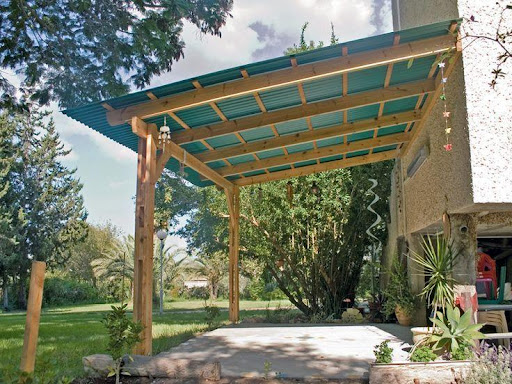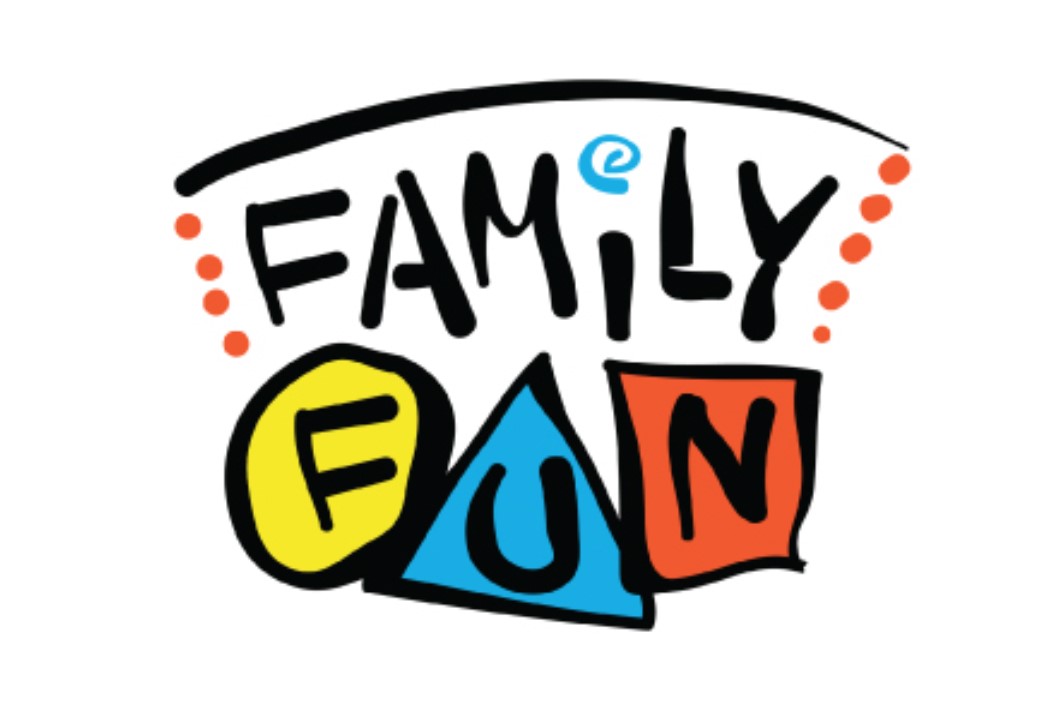
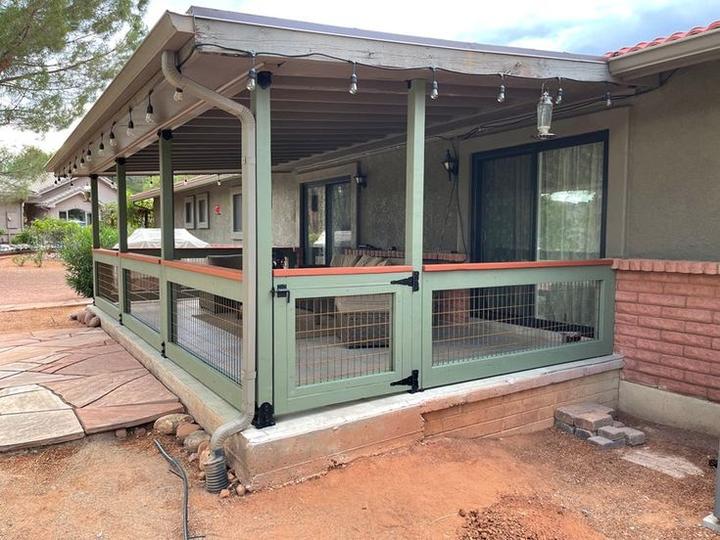
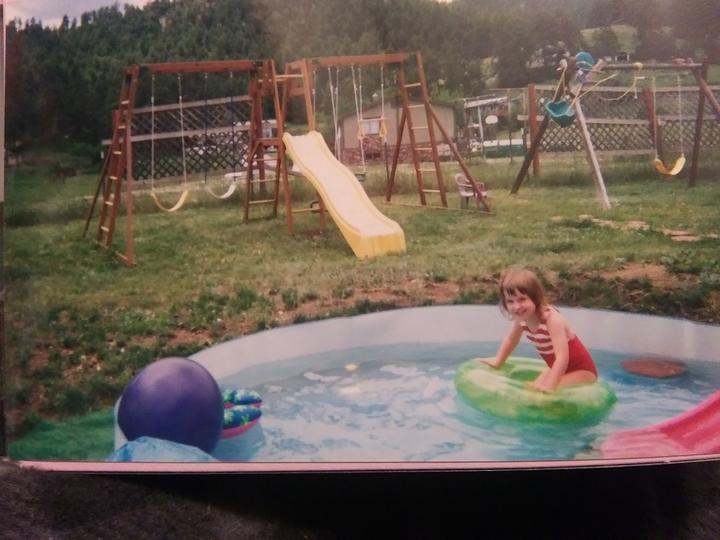
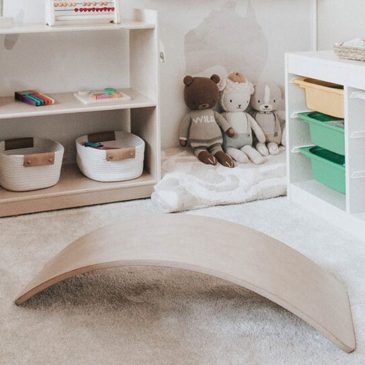
Superscript
Inside & Outside " YES Spaces" (or "Safe spots") for Littles and young children
What They Really Are and Why They Matter
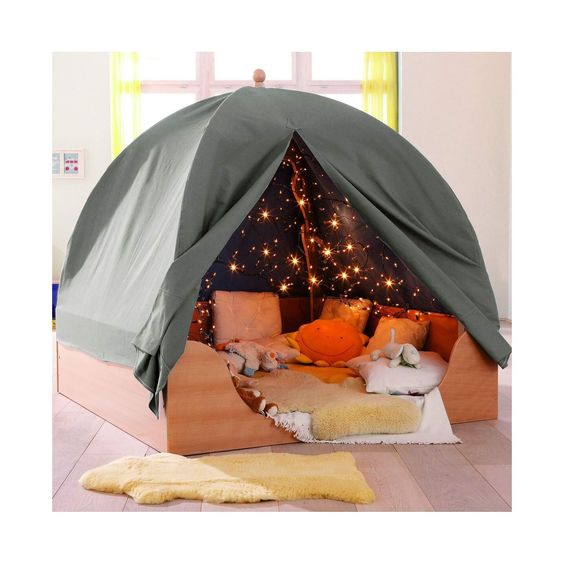
Establishing a ‘yes space’ provides you and your child with a sense of freedom and independence. Watch as they as they play uninterrupted and get lost in their own imaginary worlds, without constantly needing to test boundaries or worry that they’ll be interrupted by another “no”.
The added bonus of a ‘yes space’ is that you will have time to yourself while knowing that they are safe, engaged and entertained. My best friend would laugh at this article and say that "This idea has been used for centuries, it was called a playpen. However, playpens are small and do not allow the parents inside to play to help them gather or sooth themselves and play with all "yes toys" that can be played with however they want to. There are no restictions on the selection of the toys inside, making it a safe spot to diffuse their frustration from all the restrictions Another old idea...new label."
I loved floortime on a king sized quilt. It's cool because the baby can enjoy you being on eye level when you play with your baby. Plus there is no lifting to put them in a crib.
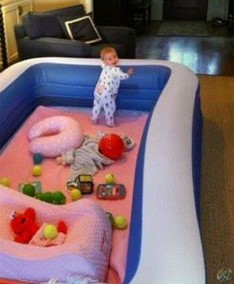
A YES space is a gift to both children and their parents. It offers children ownership of a safe place that encourages play, learning, creativity, agency, and a strong sense of self. Parents get to enjoy one the great pleasures of parenting – observing their infant or toddler as they explore and master the world around them and it's frustration.
Creating “yes spaces” for your family allows everyone to feel more relaxed. Your children are free to touch, explore, move, climb, and look after their own needs, and you feel more at ease knowing they are unlikely to do serious damage to anything – including themselves. What these spaces will look like will depend on your home and your family.
A ‘yes space’ is an area of your home or yard that you set up to be completely child proof and child friendly.
It needs to be designed with their safety and developmental needs in mind so that you feel totally comfortable letting them play there independently while you make dinner, look at a magazine etc. while being close to the yes space.
The Benefits of a Yes Space
Establishing a ‘yes space’ provides you and your child with a sense of freedom and independence. Watch as they as they play uninterrupted and get lost in their own imaginary worlds, without constantly needing to test boundaries or worry that they’ll be interrupted by another “no”.
The added bonus of a ‘yes space’ is that you will have time to yourself while knowing that they are safe, engaged and entertained.
A Safe Toddler Play Area Promotes Development
First things first, having a safe baby play area promotes cognitive development of skills that we want people to have. A yes space fosters independent play, which lets kids learn to value alone time (so necessary, you guys) and promotes problem-solving skills.
A big thing in RIE Parenting is letting kids develop motor skills naturally, something that I feel pretty strongly about. Creating a safe baby play area gives babies the chance to freely learn, explore, and develop skills naturally at their own pace.
Increased Quality of Quality Time
A yes space improves quality time for parents and kids in two ways.
First, when you are in the yes space with your child, you can relax and observe play without having to babysit or police anything. You can also be more intentional about the quality time that you are spending by giving your complete and undivided attention.
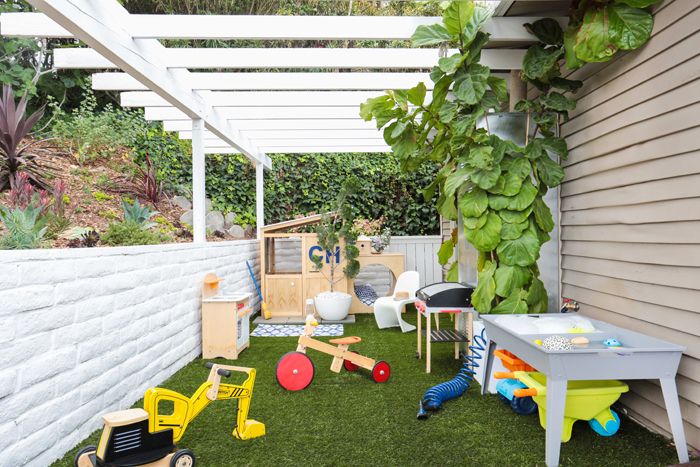
Yes Space = Less Accidents
Kids of all ages tend to be accident-prone. I mean, they are quite literally learning how the world works.
The fact that a yes space is completely baby-proofed means less physical accidents. To ensure your yes space is a safe space, you could consider:
Getting on your child’s level – this might mean lying on the floor or getting down on your hands and knees – and really looking around. What can you see?
It’s amazing the stuff we can miss as adults. Ask yourself, what would be appealing if you were an infant who was just beginning to walk or crawl, or a child who was interested in how things work and wanting to touch everything?
Inside your home one room or even just a play-pack that is perfectly safe all the time can be a huge relief if you need to go to the loo or jump in the shower, and enables you to relax whilst your child plays without having to be on the lookout for them eating cat food or licking shoes. Some families keep certain rooms like the kitchen gated, or use a stair gate. If you start with one space. then let it grow as the baby grows, then you can look at more later.
Ensuring your young child has ample opportunities to practice gross motor activities such as climbing in an appropriate way – or you may find them scaling the fences to get what they need. This could be as simple as creating playful mountains to climb over, or obstacle courses with chairs and tables.
Teaching rather than hiding away or saying no. Although some things are always potentially dangerous – cleaning products for example – many, many more are a grey area. Consider which things you could patiently teach your child about! Crockery and cutlery are a good example of this, but it can also apply to things like allowing your child to learn to safely climb onto a chair rather than telling them no, keeping stairs un-gated, or showing your young child how to gently handle and water a pot plant rather than moving it onto a high shelf.
Observing and Reassessing often. This goes both ways – there may be some things which were safe which now could potentially be dangerous because your child can reach them or climb, but there may also be things which were potentially dangerous which are now safer as your child is old enough to start learning to use them carefully.
If you have children at different developmental stages, ie. a child who is enjoying playing with Lego, beads, or other loose parts alongside a baby or toddler who is still exploring everything by putting it in their mouth, strict boundaries around where the toys with small parts will live are necessary. Large trays with a thick rim are great for letting older children play with smaller objects as they can be moved onto a table or higher surface when their siblings are around. If your older children have their own rooms, consider keeping these toys in there – and keeping little ones out.
More Yes, Less No
How hard is to be on alert CONSTANTLY? How annoying is it to have to constantly say, “No” or find a positive way to phrase directions? I imagine it’s even more annoying to be told no all the time, too! Here’s some good info from Dan Siegel about what hearing “yes” does for your child’s brain.
When you’re spending quality time in the safe baby play area, you can literally just relax! I love the Magda Gerber quote, “Observe more, do less… then enjoy.”
Being outside is a different sensation for body and mind than being indoors. When outside children will feel the air or sun on their skin, and hear birds or sounds of the city. But what’s most important is that their mind and body are experiencing all these sensations at once for the benefits of full sensory integration ( or optimal learning).
Another benefit to outdoor time is that nature rarely overwhelms the senses. Children may have difficulty understanding all that is happening and become anxious, frustrated, or upset when overwhelmed with too much sensory input. Examples of overwhelming environments might be a noisy play center, a busy colorful classroom, or a loud and crowded restaurant.
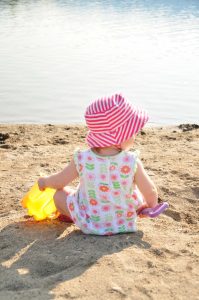
“Nature doesn’t bombard children with too much sensory information at once, which creates a sense of chaos and confusion.” Instead nature is a “perfectly balanced sensory experience” providing just the right amount of stimulation and opportunities for babies and children to learn and grow. (Angela Hanscom, 2016)
”Nature is a ‘perfectly balanced sensory experience’ for babies and children ~ Angela Hanscomb” thats what makes it perfect for Yes Space/
How To Create A Yes Space Outside
To establish a safe ‘yes space’ you need a fenced in yard or enclosed patio. If you don’t want your entire yard or patio to be taken over by your child, you can certainly gate off a certain area. This allows you to still have a garden or little oasis of your own.
To establish a ‘yes space’ outside, start by putting all the adult tools away in a safe location that can’t be accessed by your child. You’ll also need to do a quick sweep of the yard each day to ensure that nothing unsafe is lying around, like a nail.
Once you’re ready, establish a couple of basic safety and behavior guidelines, the fewer the better. ‘Be kind’ and ‘be safe’ should be enough, although you may need remind your child not to hurt any plants, bugs, etc.
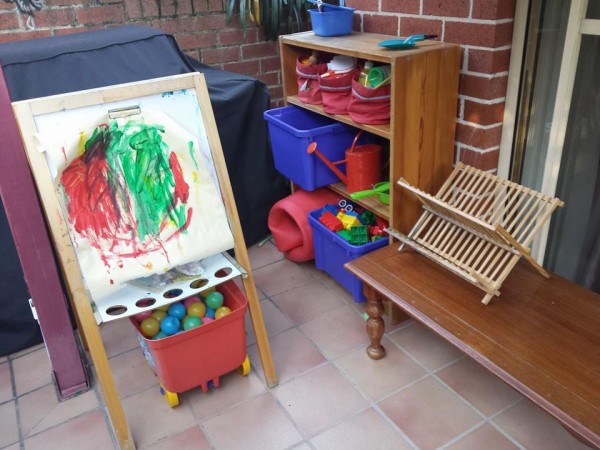
Just like inside, you’ll want to include opportunities for open ended play, creativity and physical exertion. You might include a swing, a scooter, and some large blocks.
You may also want to include a water source (when it’s not too cold) and some dirt or sand for your child to dig in, as this is a wonderful sensory opportunity that isn’t generally possible indoors. A mud kitchen or sensory bin is perfect for outdoor play.
A Yes Space Lowers Stress Levels
As you can probably guess, many of the above
Everyone benefits from enjoying time together again.
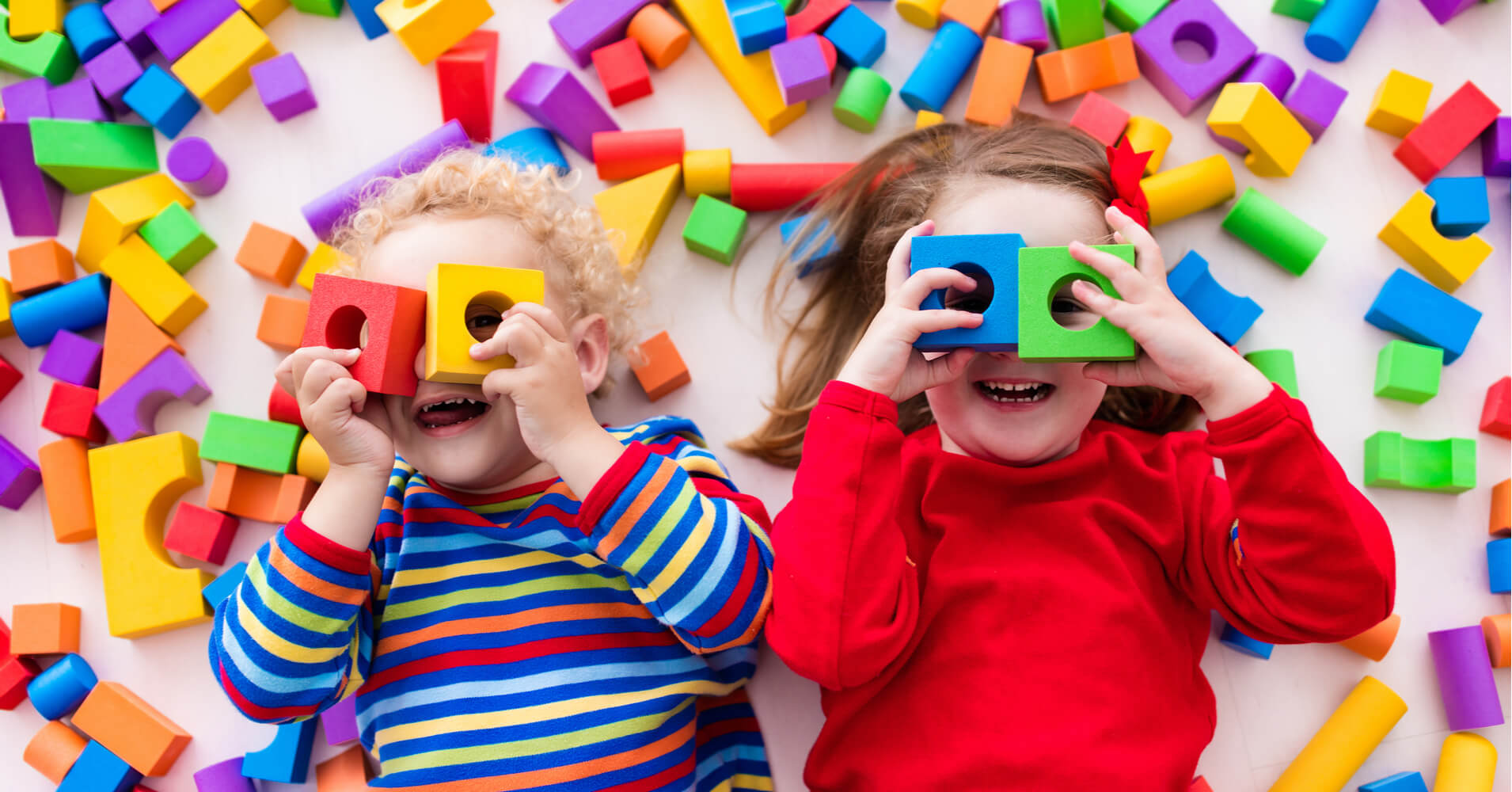
Assess And Tweak
Once you’ve set up your child’s space, try to reassess and tweak every so often. If you notice there’s an area where you’re still needing to redirect your child, try to change the environment to eliminate the conflict.
For instance, if your child is always unplugging and plugging in a lamp, try to rearrange the room so that spot is blocked.
If they’re climbing a bookshelf, try removing it and using a book basket for a while. Your child’s needs and impulses will change over time so the space will change too.
While it takes a bit of work at beginning, a ‘yes space’ is a true gift for you and your child as it will be the one place you can simply be together without constant boundary testing and redirection.
CONTINUE EXPLORING AND ENJOYING
Montessori Educator Christina Clemer shares simple tips for creating a Montessori-friendly set up at home for your toddler
When children engage in open ended play, they’re encouraged to use their imaginations, creativity and problem solving skills, which is crucial for their cognitive and physical development. But what exactly is open-ended play and how can you facilitate it? See our guide to open ended play.
IDEAS
Here are some practical and inspiring examples parents have shared with me, along with a few of my own…
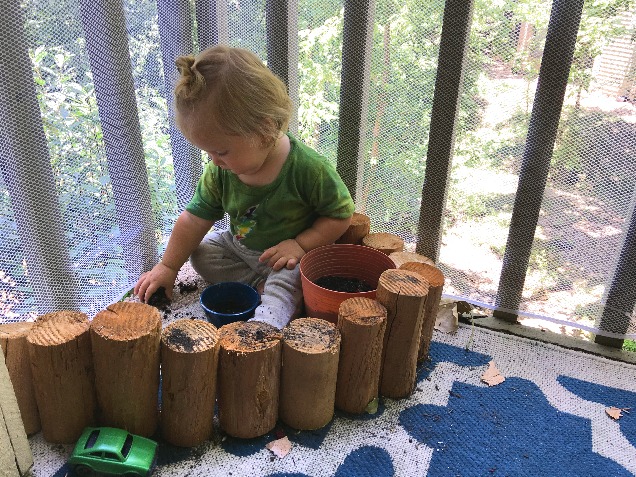
Yes Space on the Patio
Or if You Don't Have a Yard
Or if You Don't Have a Yard
We used the same wooden kiddy corral for all three of our children as babies. I shifted it during the day to keep it mostly shaded. We had a table and chairs next to it where I spent many blissful hours watching my daughter play from the time she was three months to one year old.
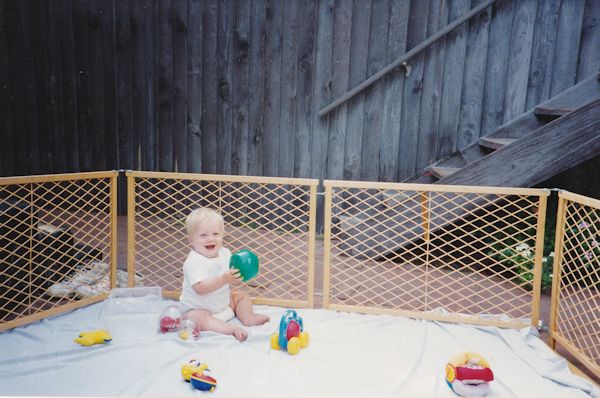
Here’s how we used the corral over the years in a larger outdoor space with our two other babies. The kiddy corral had stakes that you could sink into the ground to hold it steady, and we sometimes used umbrellas to keep it shaded. There’s a tarp underneath the blankets.
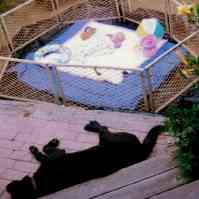
Our children later spent the majority of their outdoor play time in a large sandbox built by my husband (details in Back to the Sandbox.) Here’s my daughter (on the right) with friends…
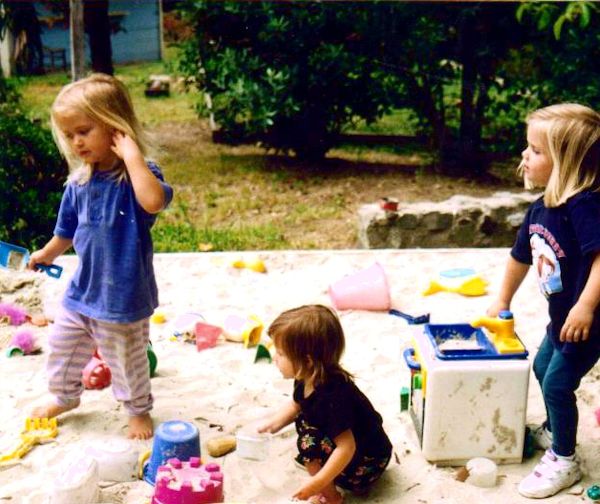
Here’s the sunflower house, which is actually in the front yard so I don’t? have to worry about them running over the plants. There’s a lovely book called Sunflower House by Eve Bunting that the kids adore, especially when their house is in bloom. We’ll replant thicker and earlier in the season this year.
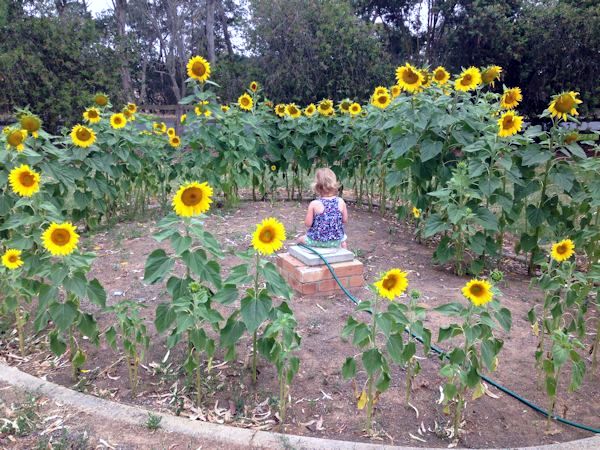
My son was crawling last summer and I wanted him to be able to get in the sandpit on his own, so we bought a ramp. They still use it, often just running up and down it and using it to wheel their wheelbarrows into the pit.
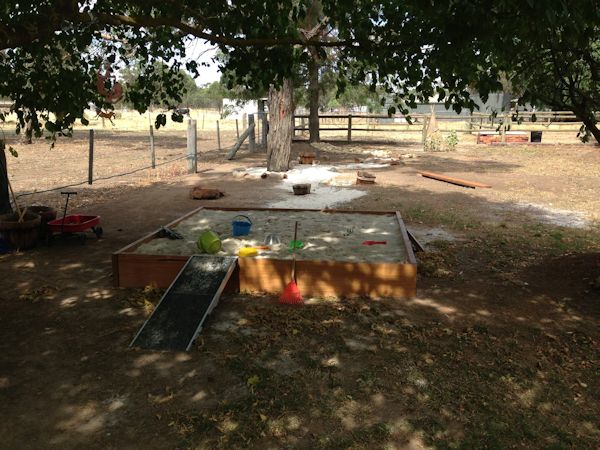
We had this set up about this time last year. It was off the door to the back yard. My son was 11 months and my daughter was almost 2 1/2. It was great having this space to allow them to go outside without having to watch them the entire time.
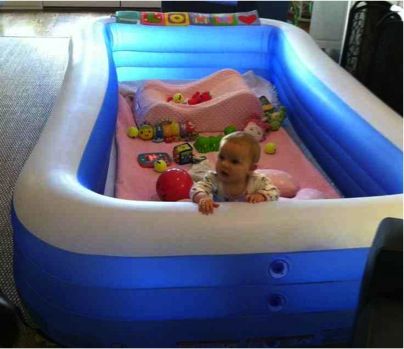
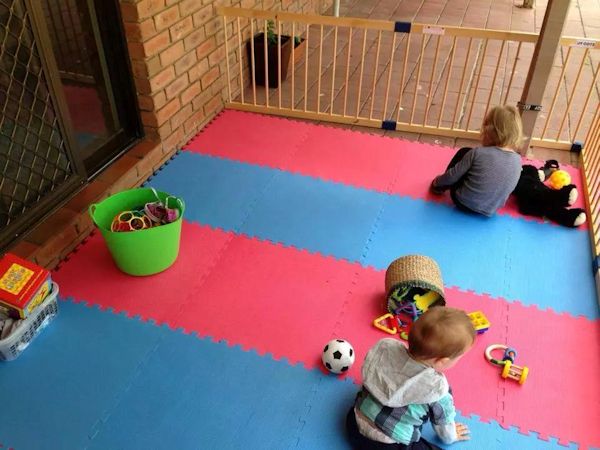
The bridge gets tons of use. My son spent a few minutes trying to get his wagon ‘unstuck.’ He used to crawl over it, now jumps off the end, pulls his wagon over it, pushed his wheelbarrow and rides his bike over it. My daughter does the same.
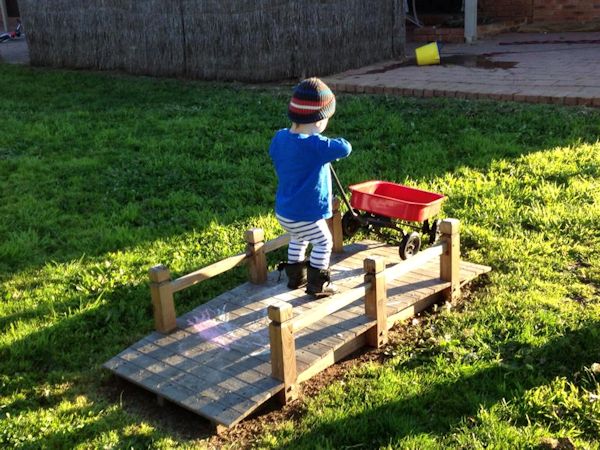
The best, MUST outdoor item in our household for winter (it’s winter here at the moment) are Muddlarks!!! Waterproof clothing so we can get out and play in the rain, puddles and mud no matter the weather.
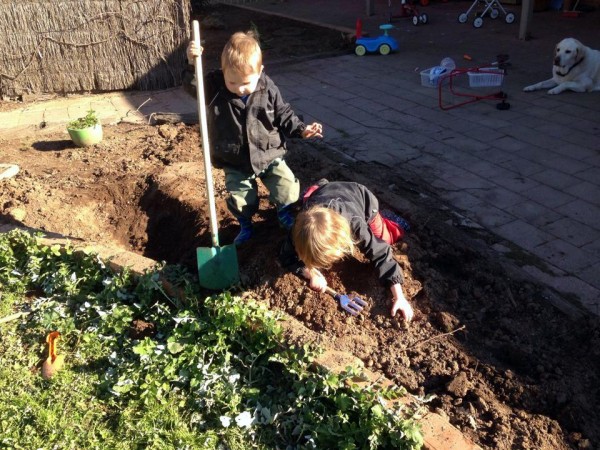
All the grass, which is mostly weeds, dies off in summer but now, in winter, it changes the feel. The kiddos weren’t that interested in the dry creek bed in summer but love it now in winter.
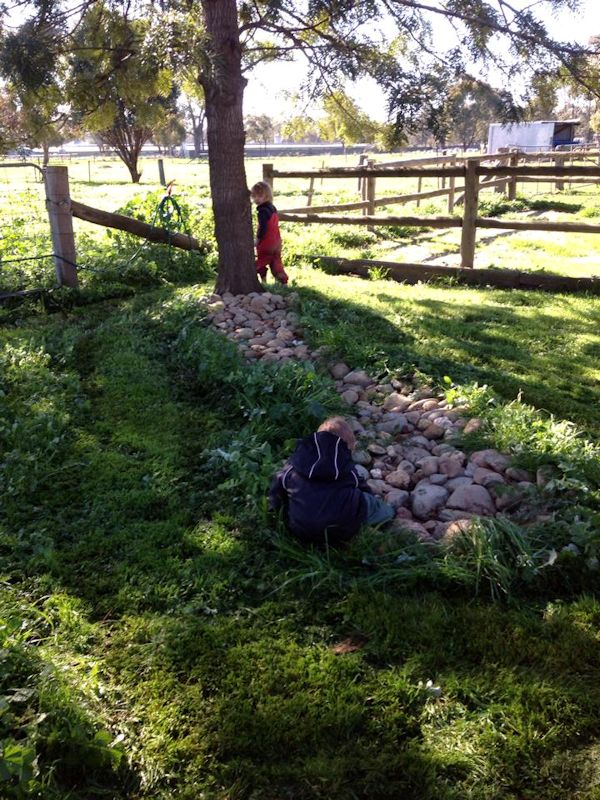
How to Set up a Safe Play Space
The most important feature of a play space for your baby is that it is completely safe. Magda Gerber, infant expert and the founder of RIE®, used to say that the space “should be so completely safe-proofed that if you were locked out of the house for hours, you would feel confident that your child would not be in danger (though this is not recommended)” (Your Self-Confident Baby, 87).
For those of us that live in small homes, this safe space can be as simple as her crib when your baby is tiny. As she grows, a play yard or playpen works beautifully. As she starts to roll, creep, or crawl, she will need more space, like a gated off section of one room.
Once your space is secure, consider it from your baby’s perspective. Is it clear of clutter? Is it interesting to look at? Is there space to move and explore? What kinds of objects are there to engage with? And are those objects at her level?
A core recommendation of Magda’s was to create conditions that encourage safe, uninterrupted, self-directed play.
Magda taught us that the ideal place for uninterrupted free play to happen was a 100% safe, enclosed play area, and the ultimate was for it to be outdoors.
There is no environment more engaging and therapeutic for babies than nature.
And of course, the toys you select should be age-appropriate. Tiny objects that can be choked on or toys that would be baffling or simply uninteresting to your child at her age should be saved for later.
One of my Favorite Links for Backyard Play Space
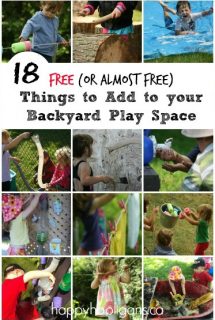
Indoor Yes Spaces
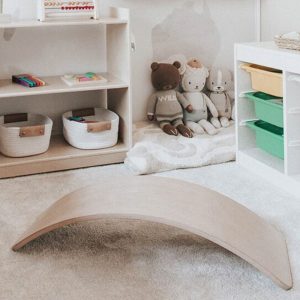
Do you ever have days where you feel like you’re constantly saying “no” to your child?
It doesn’t feel good. Sometimes it can feel more like we’re referees or police officers constantly enforcing the rules than parents.
This is especially true for toddlers who are wired to test the boundaries of both safety and acceptable behavior. It’s their way of figuring out the world that’s both totally understandable and totally exhausting.
Enter, the ‘yes space’.
A ‘yes space’ is an area of your home that you set up to be completely child proof and child friendly.
The goal is to intervene as little as possible when your child is in this space. It needs to be designed with their safety and developmental needs in mind so that you feel totally comfortable letting them play there unattended while you make dinner.
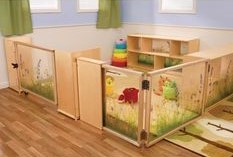
Play is an integral part of the early years. But children cannot play freely and independently if they are constantly being hovered over!
If you’ve ever found yourself repeatedly shouting, ‘no, don’t do that!’ millions of times a day, this post is for you.
So what exactly is a ‘yes’ space anyway? Well, as you’ve probably already guessed, it’s a space where your children are free to play without being reprimanded or cautioned constantly. A place for them to unwind and cut loose, with interesting and age appropriate toys and activities.
Here’s what you need to consider:
1. Age appropriate toys
Consider the needs and developmental stage of your youngest child. If you have any children under the age of 3, ensure that any choking hazards are removed from the room. You might have the best intentions in the world to keep small items out of reach, on a top shelf but it is safer all-round if anything dangerous if kept firmly away from the youngest members in the house.
Instead, try a special ‘quiet time’ box for older children, so that they can play uninhibited with small items whilst their younger sibling naps.
2. Limited items
Contrary to what toy adverts would have us believe, kids don’t deal well with too much. It is overwhelming and quite honestly, the reason why children will ‘dump and run.’ It has been proven time and time again that children play better when they have fewer items out.
The key is to include plenty of open-ended items so your children can play in a variety of ways without getting bored.
Check out the 5 steps to play space organization article here.
3. Secure furniture
Furniture needs to be secured to the walls to avoid the risk of it falling on your child. Just like you would in a baby’s room, avoid placing furniture near windows. Check cords on blinds and replace/ put out of reach in order to avoid strangulation.
4. Items at eye-level
To truly avoid the temptation of climbing, make sure all items are at eye-level. Your little learners will become much more independent if they are not having to constantly ask you for help reaching items, too.
Not only is it safer, but more appealing for your children too. Think for a second about the way supermarket shelves are stocked. Big brands pay a premium for their stock to be placed at eye-level, whilst low-budget brands are out of sight. Your child is much more likely to play with an item that is directly in their eyeline.
You can read more about our favourite play space furniture here.
5. Avoid items that need close supervision
Sure, an art space is really nice to have but if you can’t trust your child to create without smearing paint on the carpet and drawing on the walls, you need to remove them from temptation.
Our current solution is the IKEA Raskog trolley. My 4 year-old daughter is perfectly capable of wheeling the trolley from the utility to the table all by herself, but I also avoid the problem of my 2 year old son redecorating without my knowledge!
6. Pay attention to play schemas and interests
Following play schemas is a huge part of my own parenting and education methods. Put simply, it’s about looking at repeated patterns of behaviour, then providing toys and materials that will help extend that curiosity.
As one example, if your toddler suddenly starts throwing everything in sight, they are likely exploring the trajectory schema. They aren’t being ‘naughty’ – simply seeing what happens.
Instead of constantly shouting, ‘no, stop throwing!’ remove any items that could get damaged or cause injury (wooden blocks, for example) and replace with balls and soft toys.
The Benefits of a Yes Space
Establishing a ‘yes space’ provides you and your child with a sense of freedom and independence. Watch as they as they play uninterrupted and get lost in their own imaginary worlds, without constantly needing to test boundaries or worry that they’ll be interrupted by another “no”.
The added bonus of a ‘yes space’ is that you will have time to yourself while knowing that they are safe, engaged and entertained.
How To Create A Yes Space Inside
The layout of a ‘yes space’ will be different depending on your home and family structure. A natural spot for such a space would be a playroom or child’s bedroom.
If you have a smaller home, you can still make it work.
Just look around the house for an area that your child can call their own. This could be a living room corner or even a large hallway you could gate off for your child to play in. It doesn’t need to be fancy. The most important thing is that it needs to be child-driven in design.
Once you’ve chosen a space, look around and assess its current state. Can your child access anything that’s unsafe if they’re on their own? Are there any items you’d normally have to redirect your child away from — a bookcase they can climb, electrical cords, a toy they like to throw at the wall instead of using properly? If so, take these items away if possible or in the case of a bookshelf, make sure it’s fastened to the wall. We love the Nico & Yeye Minimo bookcase that features a wide-set seat that is deep enough for even the biggest books and toys.
Next, assess the room for your child’s interests and developmental needs. You’ll likely want to include some open ended toys like blocks, some sort of creative outlet like musical instruments or craft supplies, if they’re old enough. Some sort of physical movement opportunity is also ideal.
If your child has a lot of energy and no outlet for it, they will find a way to release it which will probably involve running around the house and jumping off furniture. You might include a climber, indoor slide, balance beam or a balance board. Just make sure you have some sort of gross motor outlet to set your child up for success! A play table and chair or stool is also handy if you have the space available but prioritize what you need depending on your child’s interests.
Yes Forts
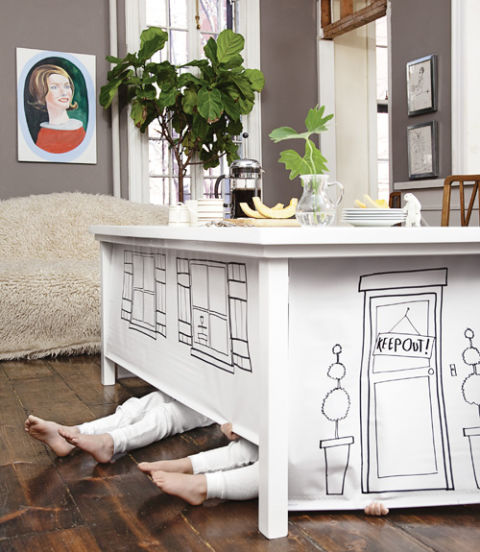
Here’s a clever and unique idea for creating a fort for the kids – try roller shades on your table! It’s perfect for play time, and rolls out of the way and out of sight when eating or entertaining. You can use this idea indoors or outdoors, all you need are shades, permanent markers and a table tall enough!
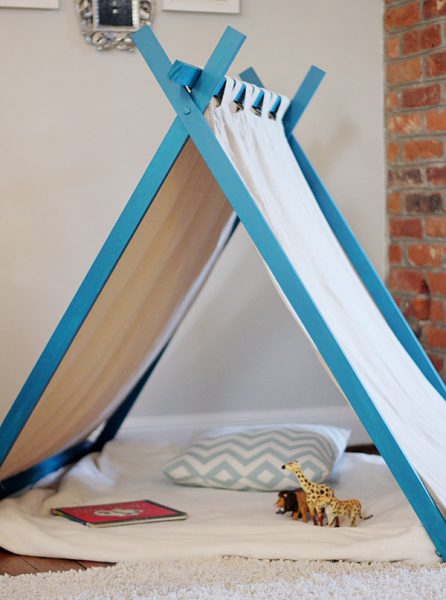
This super cute foolproof fort uses a wooden A-frame and curtain panels to create the shape of a tent. It’s highly portable though, as the curtains are situated on a wooden stick and velcro-d on the bottom. This is a great play tent for a little person, and can be moved inside or out on whim.
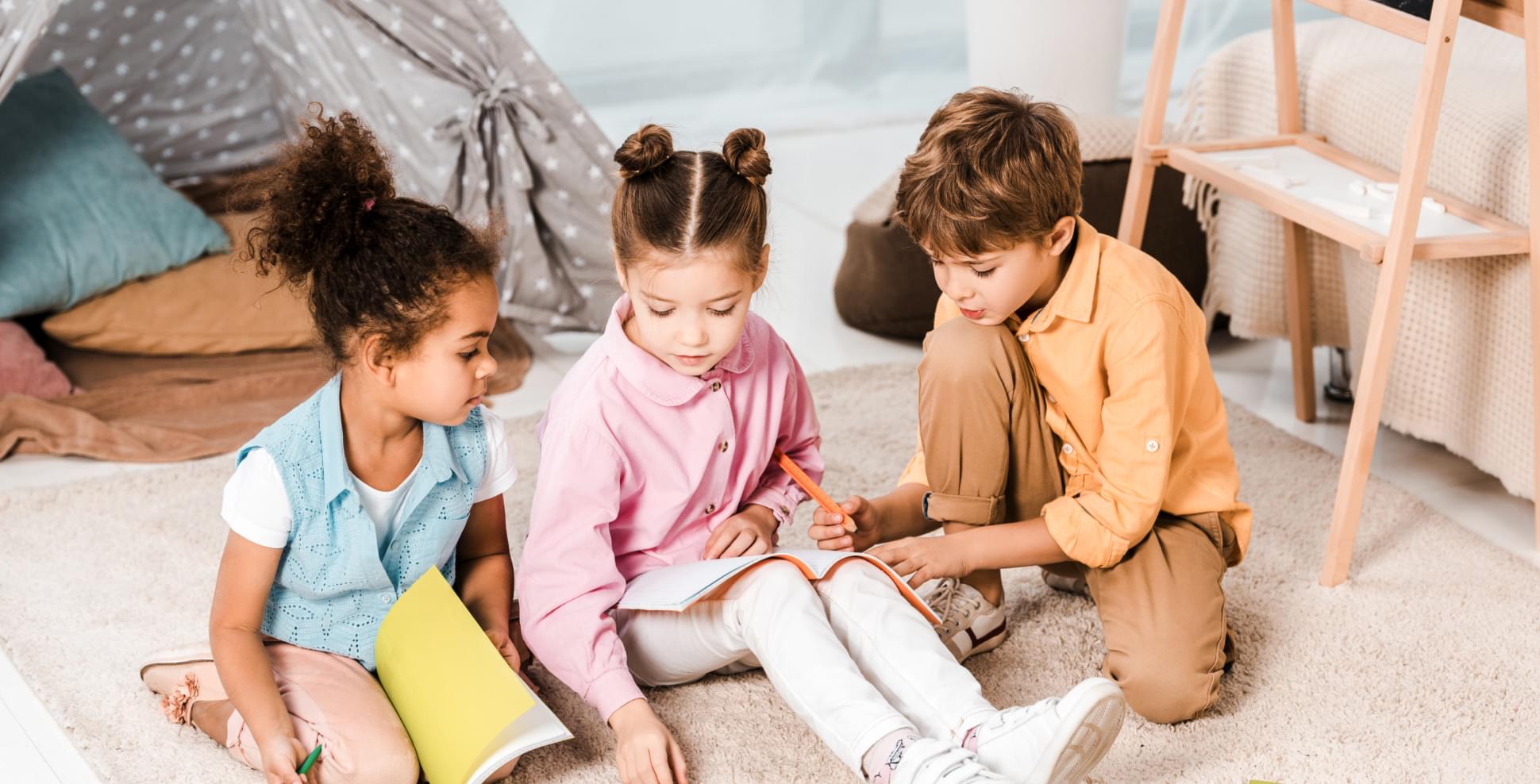
Superscript
How To Create YES Space:
Joyful and Safe Play Area for Your Baby
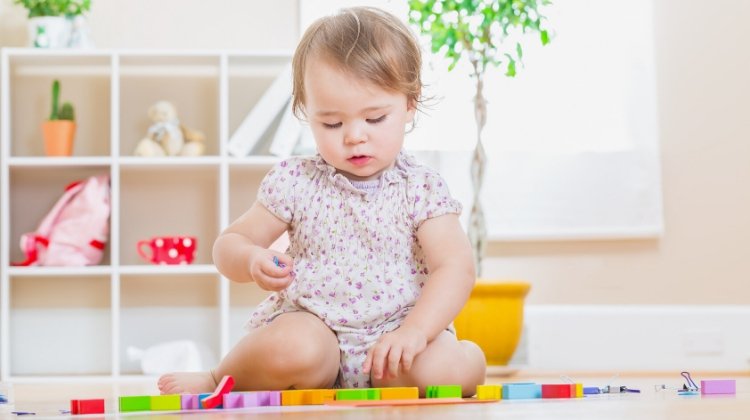
Do you want to stop saying “NO” to your child(ren)? Have you thought how easy your life will be if you could just have like 10 minutes without sitting right next to your baby or toddler? Well if the answer is “YES” then this blog is for you. Here you will find my tips on how to make your life easier and your baby or toddler happier by creating a “YES space” – safe and joyful play area that your child will love.
Creating “YES space” for your baby or toddle will benefit you both. You will become calmer and have more time for yourself and your tasks. Also, the safe space will help and allow your child to:
move freely, which will help him to understand and explore the world by touching, smelling, listening, and seeing;
develop independence and independent playing abilities;
make own chooses what and how to do it;
has pure experience without interruptions;
follow his inner senses for physical development.
Right place
It is easy to create a safe play area for your child, and it can be even cheap. First, you need to decide where you will create a baby or toddle place. You can choose any room in the house. If your child has an own room you can prepare the space in it. Please have in mind that you can’t leave your baby or toddler alone without any supervision.
If you don’t have enough space in the house or you can’t invest in a baby monitor or a camera to keep an eye to the child(ren), make the safe play space in the room that you spend most of your time. That way, while you are doing your tasks you can still have a look at the baby or the toddler, who is playing in his/her “YES space”
For my child’s “YES space”, I chose the living room. Our home has a bedroom and a living room, which is together with the kitchen box. As a staying home mom who loves home-prepared food I spend a lot of time in the kitchen. There wasn’t free available space in the living room so we decided to remove the sofa and use that corner for the child’s play space.
Set-up
Once you have chosen the place the fun begins. You need to prepare the room and make it safe by taking care of everything that can be harmful to your child(ren).
First, you should think about how big will be the “YES space”, the whole room, or a part of it. You may need to buy a baby gate either for the door of the room or to use one as a play space gate. If there are stairs in the room don’t forget to baby proof them.
In case you want to let your baby move freely between the rooms choose an appropriated baby proof decision for the stairs and doors. There are different types of door stoppers that prevent injuries with the fingers for example.
To make your play space safe, you should:
take care of the electrical outlets – you can either cover it with outlet plugs or hide them behind any furniture;
take care of the cords – use a cord covers to prevent chewing on them or pulling them out;
secure the furniture to the wall – have in mind that children are climbing that’s why I recommend securing all possible furniture. At some point, your child will start moving all around not only in the safe space.
lock all the cabinets that your child is not allowed to check – we have an aquarium in our living room which cabinet we decided to lock;
use child-sized furniture – this will help the child to feel safe;
secure or remove everything that is hanging – take care of the curtains and blinds and their cords;
secure the hanging pictures and mirrors – choose an acrylic mirror for the area;
remove all unnecessary items – decorations, souvenirs, etc.;
make sure there isn’t anything small! – babies and toddler discover the world through their senses which include taste so they put almost everything in their mouth;
remove any plants – they may be hazardous and it is sure that the child will try how they taste;
make sure the toys in the safe space are appropriate for individual play and in a good and safe condition.
Make sure that the space is safe for your baby or toddler. Try to get their view. Lay on the floor and look around. You may notice something that you missed to baby proof.
Care of the YES space
The “YES space” should be clean and comfortable. I recommend you to make the play space no shoe area in order to keep it clean. Make sure to clean the space oft enough so there isn’t too much dust. The cleaning products that you use should be child-friendly.
I think that carpets are not a good decision for the floor of the play space. Not all carpets are hypoallergenic. For the floor, you can use soft puzzles they are easy to clean and keep warm.
The best light for the play space is the natural one. Make sure the place is bright enough with good temperature and a good climate. You don’t want your child to get sick because of the inner house flows while the windows are open.
Keep in mind that you will have to make some changes in the “YES space” according to your child’s needs. At some points you will get some large materials or furniture and others will be removed. The important is to keep the area interesting and comfortable for your child(ren).
